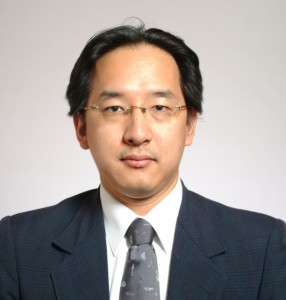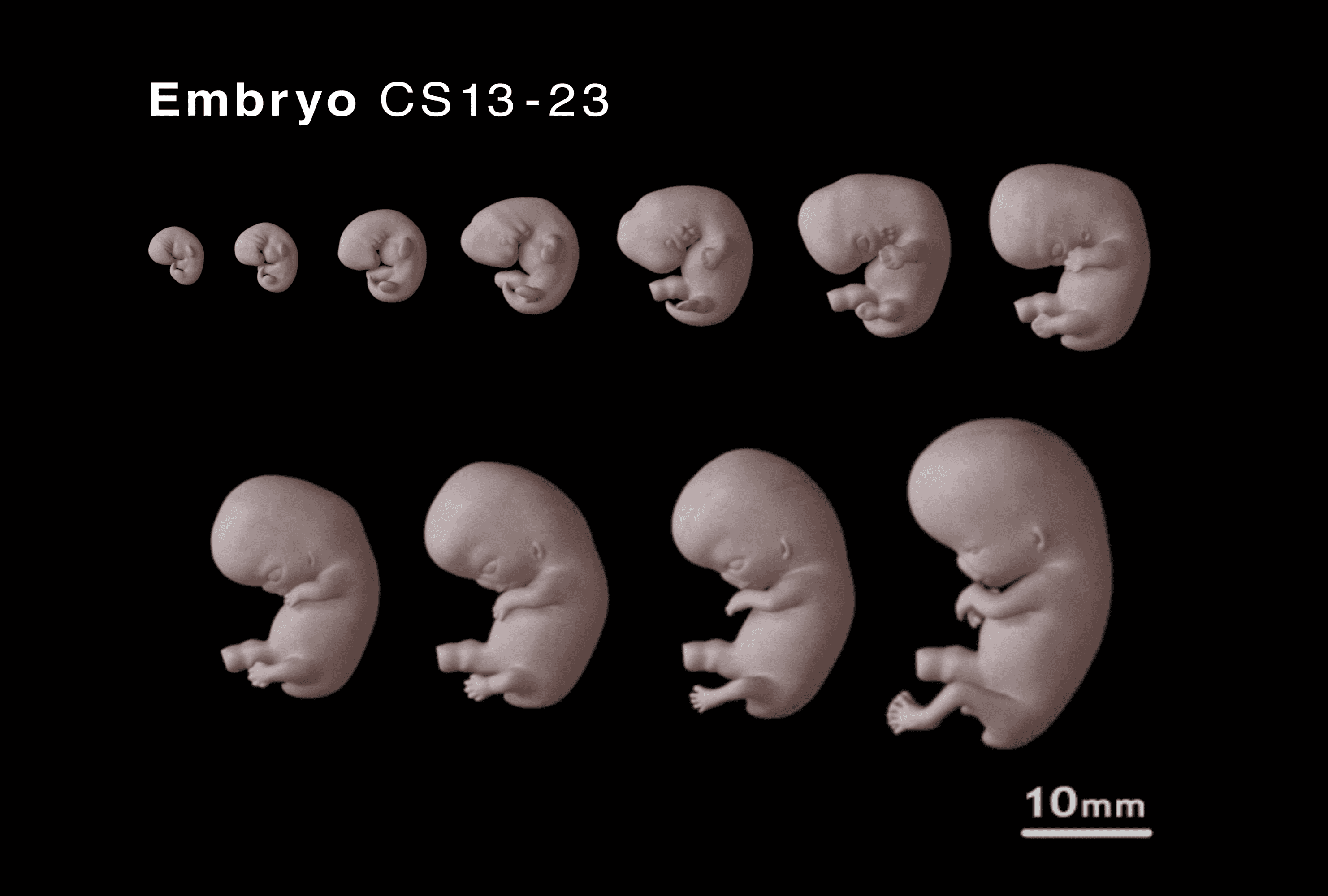
M.D., Ph.D. Professor Shigehito Yamada
Approximately 3% of newborn babies suffer from congenital anomalies (birth defects), which is a serious burden for patients and their families. Many congenital anomalies are assumed to be caused by the interaction of gene mutations and environmental factors, but the etiology and pathogenetic mechanisms remain to be clarified for most birth defects. In our laboratory, interdisciplinary research approaches are being undertaken to elucidate the causes and pathogenesis of birth defects and to attempt to identify some preventive measures.
Research and Education
The professor Yamada is also in charge of Congenital Anomaly Research Center, Kyoto University Graduate School of Medicine. This Center has the largest collection of human embryo specimens in the world comprising of over 44,000 therapeutic abortuses. Most of the specimens are between the 3rd and 8th week following fertilization, which is the critical period of teratogenesis. In the Kyoto Collection of Human Embryos, an appreciable number of malformed embryos are included, which provide a unique opportunity to study the early stages of abnormal morphogenesis. A variety of research projects are at present being undertaken on the embryo collection.
 Computer graphic images of human embryonic development between the 4th and 8th weeks following fertilization
Computer graphic images of human embryonic development between the 4th and 8th weeks following fertilization
Recent Publications
- The Human Embryo. Edited by Yamada S, Takakuwa T. InTech, March, 2012
- Sakai T, Hirata S, Fuwa K, Sugama K, Kusunoki K, Makishima H, Eguchi T, Yamada S, Ogihara N, Takeshita H. Fetal brain development in chimpazees versus humans. Current Biology 2012, 22(18): R791-92.
- Yamada S, Lee ES, Samtani RR, Lockett E, Uwabe C, Shiota K, Anderson SA, Lo CW. Developmental atlas of the early first trimester human embryo. Dev Dyn, 2010 Jun;239(6):1585-95.
- Ohata K, Yasui T, Tsuboyama T, Ichihashi N. Effects of an ankle-foot orthosis with oil damper on muscle activity in adults after stroke. Gait Posture. 2011 Jan;33(1):102-7.
- Ohata K, Tsuboyama T, Haruta T, Ichihashi N, Nakamura T. Longitudinal change in muscle and fat thickness in children and adolescents with cerebral palsy. Dev Med Child Neurol. 2009 Dec;51(12):943-8.
Laboratory
Professor: Shigehito Yamada
shyamada@hs.med.kyoto-u.ac.jp
TEL 075-751-3936
FAX 075-753-3936
http://www.cac.med.kyoto-u.ac.jp
